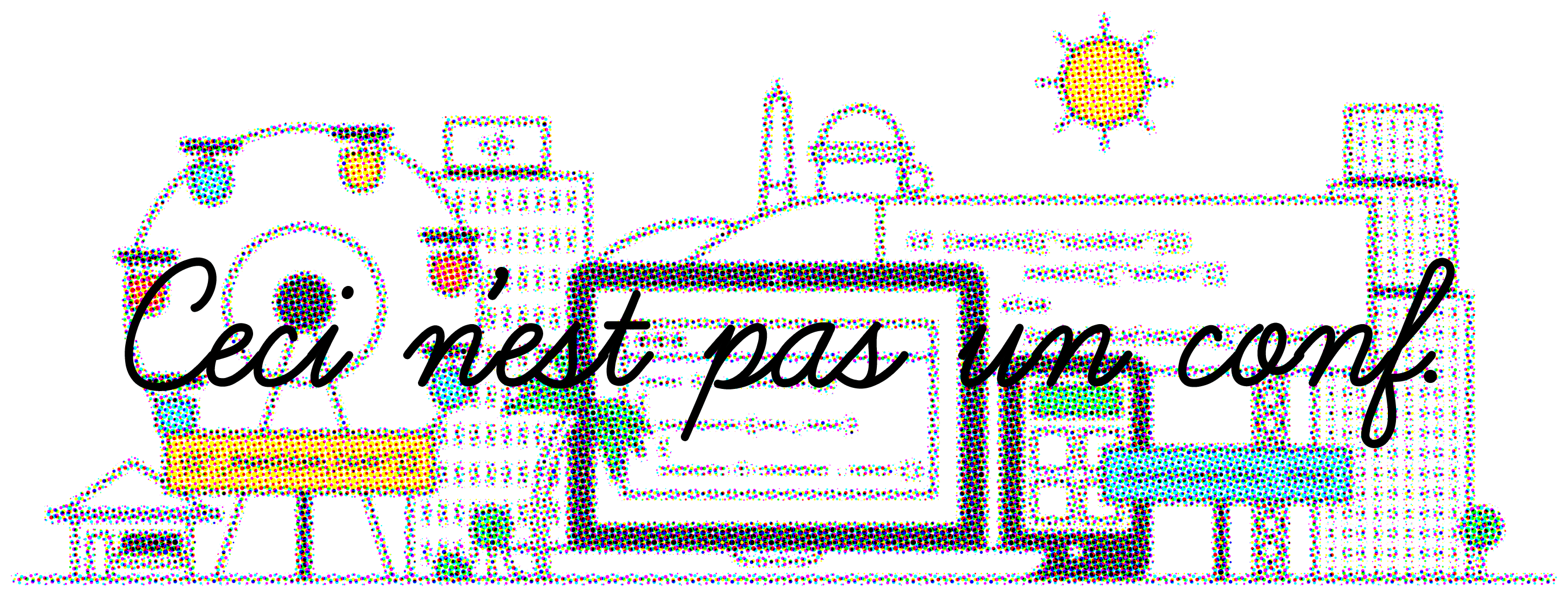In our two days of un-conferring, there were 20 packages written by ~70 participants.2 So, how is it that almost a month later I’ve been unable to produce a summary of/reflections on what went down? Well, I have some theories, and they have to do with the nature/organization of the unconf itself (something I’ve come to appreciate more and more with each passing day).3
I ❤️ deadlines?
Far-fetched though it may seem, a temporal constraint can be a beautiful thing. This is not to say that the packages produced won’t require more work– heck, Julia Silge and David Robinson’s tidytext was started at an unconf, and (amazing though they are) that was not a two-day endeavor. However, having a firm stopping time made it clear that we’d have to clearly scope our work, and allow certain things to be left for later.
Perhaps this comes naturally to some people. Alas, I am not one of them. Even ignoring the fact that my earlier unconf post drafts had a bibliography, the amount of time I spent trying to deal with the side effects of having footnotes in side-notes (see below) was ridiculous.

Unfortunately, “perfect is the enemy of good”, and similar apothegms alone don’t always do the trick.4 So, what kept me from falling down a rabbit hole of quixotic fixes? Turns out that such “sanity checks” work much better with friends.
Obviously, having other, more experienced R users/programmers working on a package with you makes the entire endeavor easier. That part was not a surprise. However, I’d forgotten that you (or I, in this case) might be the worst possible person when it comes to detecting “mission drift,” or edge cases that can be (temporarily) left alone.
Someday, I hope my reams of half-finished blog posts will find their way to the Island of Misfit Toys, but, until then I should probably work on soliciting second opinions…

Constraints can be your friends. ⛓
Before getting back to work on Day 2 of the unconf, Noam Ross and David Smith gave a rundown of the day’s agenda, including our presentations to the group. In addition to the typical time limit (two or three minutes, from what I can recall), we were told that our materials could consist only of that which was made available in our package READMEs and/or quickie blog posts integrated into our project repos.
Why was this so helpful? For one thing, it saved the time that would otherwise be spent making slides, which (though easy enough to do in Rmarkdown) wouldn’t necessarily benefit future package users. The time limit also meant that the kind of background research that I, for one, am prone to getting into just wasn’t gonna fly.
